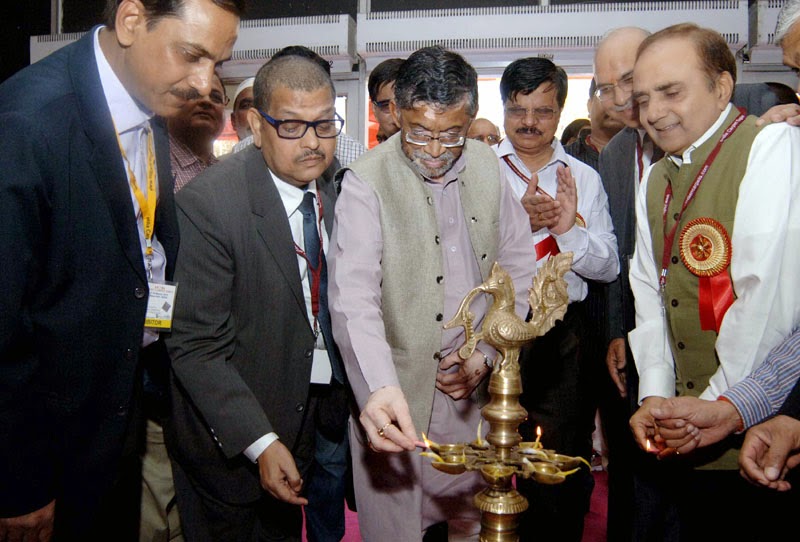EU to end milk quota system: India's exports to take a hit as dairy supply to rise - timesofindia-economictimes
NEW DELHI: Exports of dairy products from India are set to fall, with the European Union abolishing its three-decade-old milk quota system from April 1. However, more dairy products available for domestic consumption could keep prices of milk, cheese and butter in check.
The milk quota system was introduced by the EU in 1984, to address the issue of overproduction. The EU allocated milk production quotas to member-nations, which distributed it further among farmers.
According to the system, a member has to pay a levy if it exceeds its quota.
The EU is of the view that the milk quota system has outlived its usefulness with globalisation of dairy markets and increased consumption of dairy items outside the EU.
The end of quotas is likely to lead to an increase in milk production in Germany, The Netherlands, Poland, Denmark and Ireland.
"With the lifting of the quotas, many lower-cost producers like Ireland and Poland will increase milk production and this can lead to a drop in global prices," said S Nagarajan, MD at Delhi-based dairy producer Mother Dairy. "A ripple-down impact on India will mean stable milk and milk product prices and a drop in exports."
However, increased availability of dairy items could also mean lower remuneration for dairy farmers in India, said RS Sodhi, MD at Gujarat Cooperative Milk Marketing Federation, the maker of Amul milk and butter. "We are watching the evolving global development. In India, the demand for milk products is increasing and we might not see a huge impact."
India Ratings & Research said in a recent study that the demand for milk and milk-based products remains high in India due to changing dietary habits and rising purchasing power. The study expects the Indian dairy sector to grow at 15.6% in 2015-16 from 12.6% in 2012-13.
Dairy companies said negotiating better terms for duties on Indian dairy products was a way forward. "Pakistan has reduced import duty on Indian dairy products by 5% to 20%. Other Saarc countries like Bangladesh and Sri Lanka that are big importers of dairy products, could also do so," said Kuldeep Saluja, MD, Sterling Agro Industries, the maker of Nova dairy products.
Saluja said he expects a 40% drop in annual exports of milk powder, butter oil and butter.
Prices of skimmed milk powder (SMP) fell to $2,700 (Rs 162,000) a tonne in the global market on March 17 from over $4,100 (Rs 246,000) in April 2014. Mirroring the trend, SMP prices in India have fallen to Rs 160-180 a kg at present from their 2014 peak of Rs 290.
This led to an about 25% on-year fall in raw milk prices for farmers to Rs 28-29 per litre for buffalo milk and Rs 19 per litre for cow milk, said Shirish Upadhyay, senior vicepresident, strategic planning, at Parag Milk Foods.
"We are unable to export commodities like SMP since last one year. The government should pressurise the EU, the US, South Africa, China and Russia to open up their markets for Indian dairy products. Also, a buffer stocking mechanism should be established in the country to take care of excess inventories produced during the peak season," he said.
Global and domestic milk prices have been falling post June 2014 due to lower purchases by big importers such as China, Russia, Venezuela and Algeria.
Upadhyay said the problem will compound as milk production in India is set to grow 7% in the 2014-15 season due to favourable raw milk prices realised by farmers.
The Indian Dairy Association has written to the commerce ministry demanding subsidies for Indian dairy companies and cooperatives in the light of the crash in global prices.
















